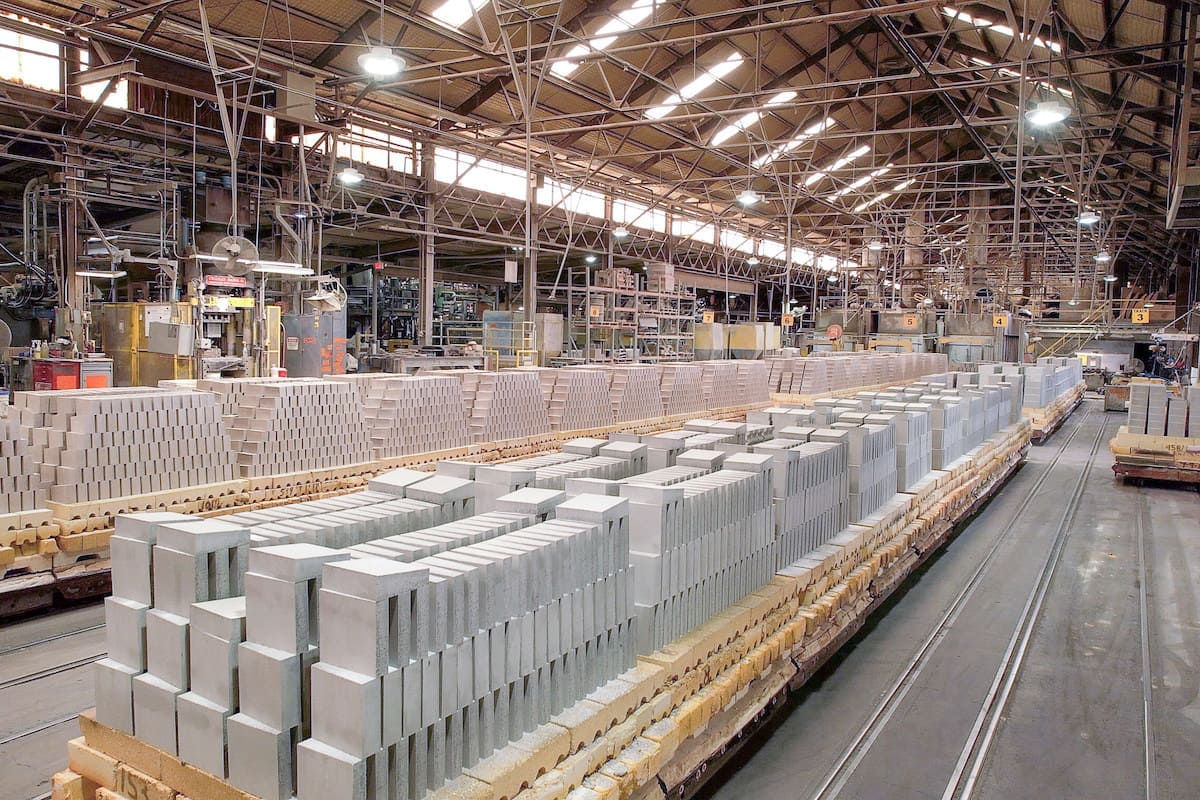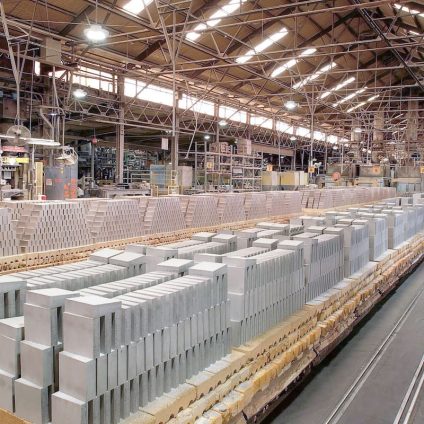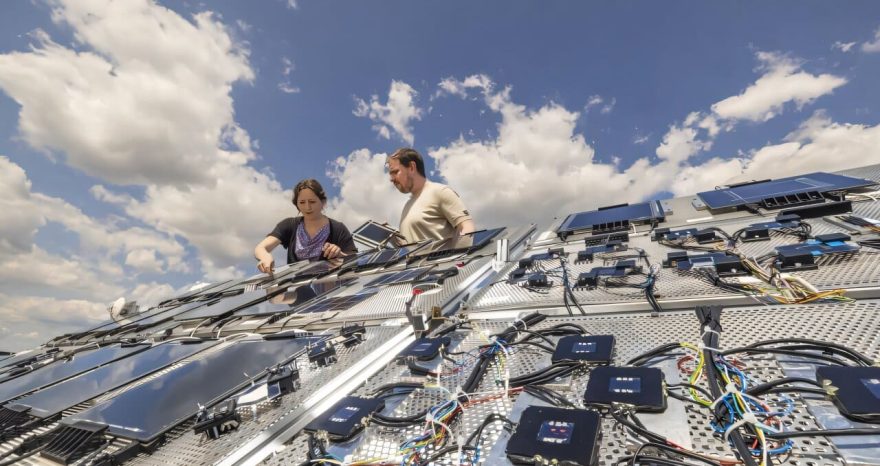A new high-temperature energy storage system, developed at MIT and powered by renewables, promises to replace fossil fuels in heavy industrial processes.

How E-bricks could decarbonize heat-intensive industries
One of the biggest challenges in the global energy transition is decarbonizing heavy industry. Producing materials like steel, glass, and cement requires extremely high temperatures, and today, that heat still comes primarily from fossil fuels. But a breakthrough from MIT labs may offer a new direction. It’s called the E-brick, a conductive electric brick that stores and delivers high-temperature heat.
This innovation comes from Electrified Thermal Solutions, an MIT spinout that recently signed an agreement with HarbisonWalker International (HWI), a leading U.S. refractory manufacturer and part of the Calderys Group. The goal of the partnership is to accelerate the production of the Joule Hive thermal battery, a system capable of storing heat at up to 1,800 °C using electricity from renewable sources.
How the Joule Hive thermal battery works
While conductive refractory bricks are not new to the market, the Joule Hive system scales this concept for industrial use. The system consists of stacked E-bricks enclosed in an insulated steel container. During charging, electricity flows directly through the bricks, generating intense heat via the Joule effect. That thermal energy is stored at very high temperatures and can be released on demand by circulating air or gas through internal channels.
This allows the battery to power furnaces, boilers, or turbines, even in steel, glass, or cement production. According to the company, the system’s storage efficiency exceeds 95%, enabling operators to make use of cheap, surplus renewable electricity.
The E-bricks serve three functions in one:
- Electric heating element
- High-density thermal storage
- Modular heat exchanger
An industrial solution for climate targets
“Industrial heating is one of the toughest frontiers in the fight against climate change,” said Daniel Stack, CEO and co-founder of Electrified Thermal Solutions. “Most of the energy for these processes still comes from fossil fuels. Our partnership with HWI turns what could have been a production bottleneck into a competitive advantage at scale.”
The company expects its first commercial-scale Joule Hive system to be operational by the end of this year. By 2030, it aims to deliver 2 gigawatts of thermal energy across a range of industrial sectors.












